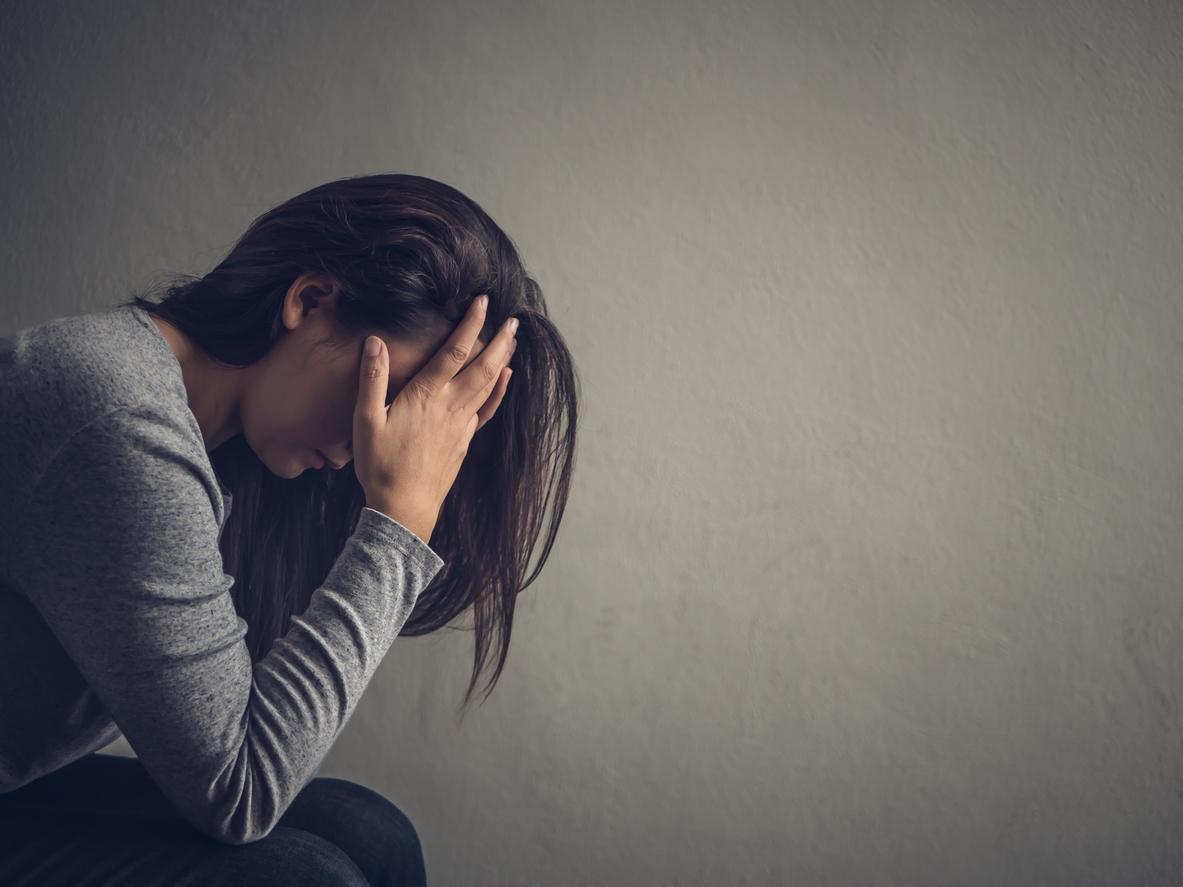A list of 44 drugs – of which this is not the first use – have demonstrated their effectiveness on the suicidal impulses that some patients could have.
-1573231011.jpg)
Suicide is a global scourge. On average, a person takes their own life every 40 seconds or so, according to the World Health Organization (WHO). Some of them could be saved by certain drugs which cause a decrease in suicidal impulses. In a study published in the Harvard Data Science Review, the researchers looked 922 drug prescriptions from 150 million patients between 2003 and 2014. They found that 10 drugs could be linked to an increased suicide rate and 44 others reduced suicidal urges. Many of these drugs carried a warning from the Food and Drug Administration, the American drug agency, in order to warn patients about the suicidal behavior that these products can develop. In addition, the study also demonstrates that drugs that decrease suicidal behavior are not prescribed for this purpose; most of the time these are drugs containing folic acid, which are frequently given to pregnant women.
Robert Gibbons, director of the Center for Health Statistics at the University of Chicago and lead author of the study, says drugs associated with a lower suicide rate include an antihistamine and a drug for Parkinson’s disease. But there is still a long way to go to confirm this. “If these drugs are tested in clinical trials to have real effects, we could use more of them to treat suicidal people.”
Medicines with unsuspected virtues
Researchers have developed a statistical tool to assess the association between medications and suicide attempts. They studied the records of 922 drugs with more than 3,000 prescriptions in a medical expense claims database from 2003 to 2014. These include 146 million patients and more than 100 insurance companies. in the USA. For each person taking the drug, the researchers counted suicide attempts three months before the prescription was dropped and three months after taking the drug. This allowed them to analyze each drug taken by a person and to examine its effects on suicide attempts. The question was whether a suicide attempt took place before or after taking the drug.
The team found that 10 drugs were linked to a significant increase in suicide attempts. These include Vicodin (a drug not marketed in France), Xanax, Valium, as well as Prednisone, a corticosteroid. On the other hand, 44 drugs are responsible for a decrease in suicidal impulses, as is the case for Escitalopram (an antidepressant) or Gabapentin (an antiepileptic).
According to Robert Gibbons, this new statistical model can be used to calculate emergencies that occur before or after taking a drug. The veterans association has expressed interest in using the tool, and Gibbons hopes other hospitals and healthcare systems will soon follow suit.
According to researchers from the University of Illinois and Columbia University, people who use these drugs are more vulnerable to depression than others. The number of suicides in the United States has been steadily increasing over the past 16 years, so much so that it is now one of the ten leading causes of death in the country.
.















